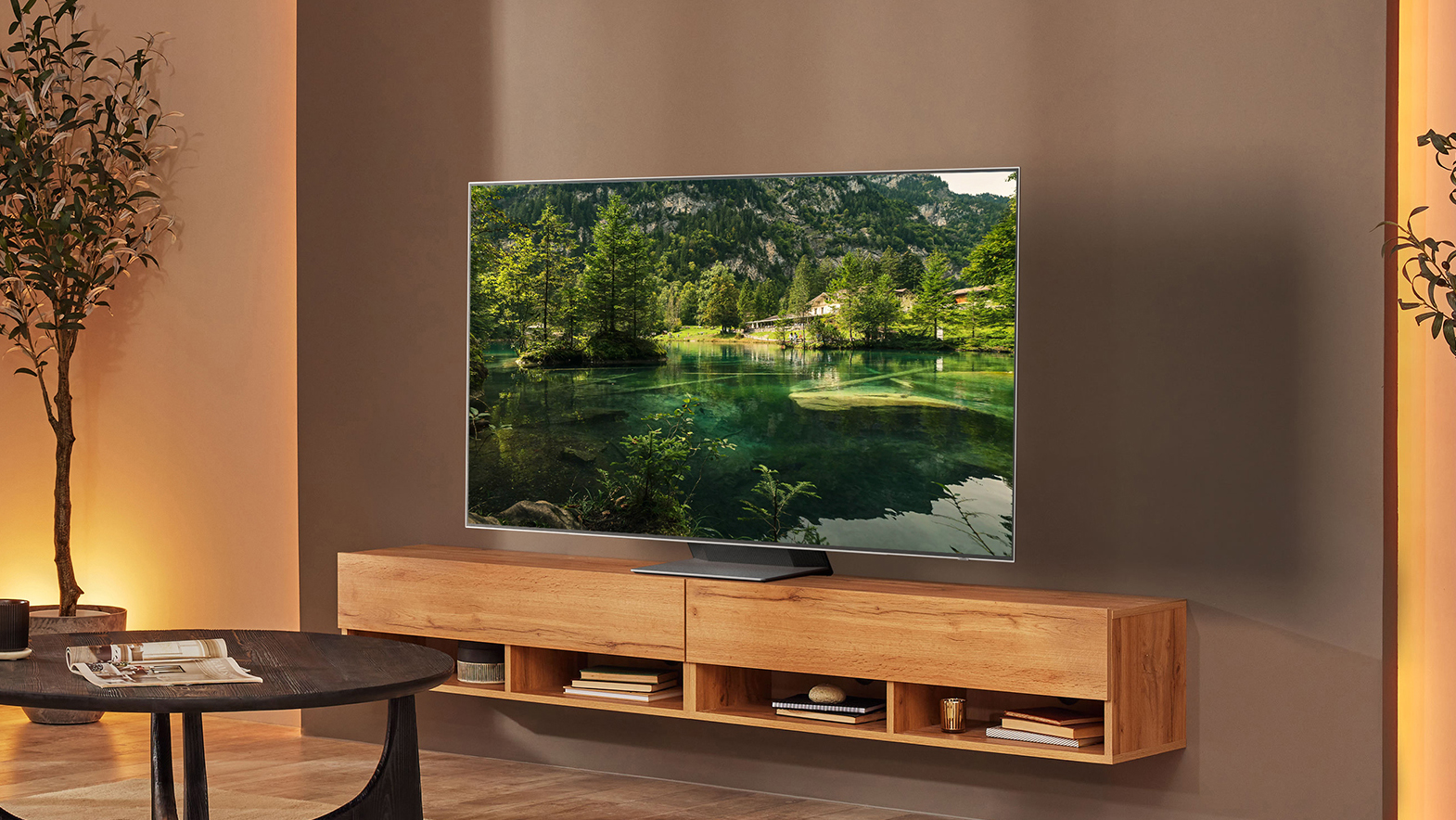If you're hoping to see big price drops in OLED TV prices over the next couple of years, it looks like you'll be disappointed. According to a report from Display Supply Chain Consultants (via The Elec and OLED-info), the two big makers of TV-sized OLED panels – LG Display and Samsung Display – will both stop spending on new equipment for building these screens in 2023.
This price of the best OLED TVs has fallen a lot in recent years, in no small part because of huge expansions in their creation – they've become more efficient and easier to mass-produce, and have become more popular as a result. But according to DSCC's report, that expansion won't just slow next year – it'll totally halt, with nothing at all spent on increasing production.
That's likely to mean that the prices of the screens used in the majority of OLED TVs won't change much from now in 2023 or 2024. Now, the overall prices of the TVs could change depending on other factors (such as shipping costs), but the single biggest part of a TV is the screen, so that makes a huge difference to the overall price.
However, it's not all disappointing news: this actually sets the stage for new Quantum Dot OLED TV screens to close the price gap with regular OLED TVs faster than anticipated.
QD-OLED screens are made solely by Samsung Display, and have only appeared in two TVs so far – the Samsung S95B and the Sony A95K – both of which earned rave reviews from us. However, the screens are very expensive to buy (much more expensive than regular OLED), and only comes in two sizes currently: 55 inches and 65 inches.

However, despite Samsung Display reportedly planning not to invest any more in QD-OLED production machinery next year, the company has already made huge strides in improving what it can do with its current machinery – and the DSCC report says there's more to come.
Having already dramatically improved the efficiency of producing QD-OLED on its current production lines (meaning each screen costs less to make), and introduced a 77-inch version of a QD-OLED TV screen, DSCC also says that Samsung should be able to create a thinner and simpler version of QD-OLED without spending more on new equipment.
It's possible that is related to Samsung's reported advances in producing blue OLED pixels – at the moment, multiple layers of blue pixels are used in QD-OLED screens to provide the light, but if that could be reduced to one, it would save materials and time, and so could bring the cost down further.
Because QD-OLED is still in its first year, all the advances Samsung Display has made on the tech recently have barely had a chance to register – so next, we might see more models at more affordable prices.
If the price of regular OLED stalls because of a lack of expansion and the price of QD-OLED is able to drop, the two technologies might become more competitive quicker than we expected.
So when will there be bigger changes?
The DSCC says there'll be no major investment in OLED TV screen production in 2023, but that this will pick up a lot in 2024… though most of it will come in one area: inkjet OLED production from a company named CSoT (which is owned by budget TV giant TCL).
Inkjet has long been the Next Big Thing in making OLED screens, because it's much easier than current options. As it sounds, it basically means a printer-like process is used to deposit OLED pixels onto the panel, which is far more efficient and much cheaper to set up than current 'masking' OLED manufacturing systems.
This is great news for the OLED industry becoming more competitive in the long term, because in the space of a few years we'll have gone from one single company (LG Display) making OLED TVs screens and controlling prices, to four: LG, Samsung Display, CSoT, and BoE, which is already working on its OLED facilities.
That means genuine competition, which is also likely to mean lower prices, particular on regular OLED screens (only Samsung will be making QD-OLED for the foreseeable future) – though we may see some interesting differences in image quality, with several different production types being used.
However, if some of these advances won't start until 2024, then we won't see the fruits of their labor until 2025. QD-OLED will be able to start closing the gap sooner than that, though – it's going to be an interesting couple of years for OLED TVs.
No comments:
Post a Comment